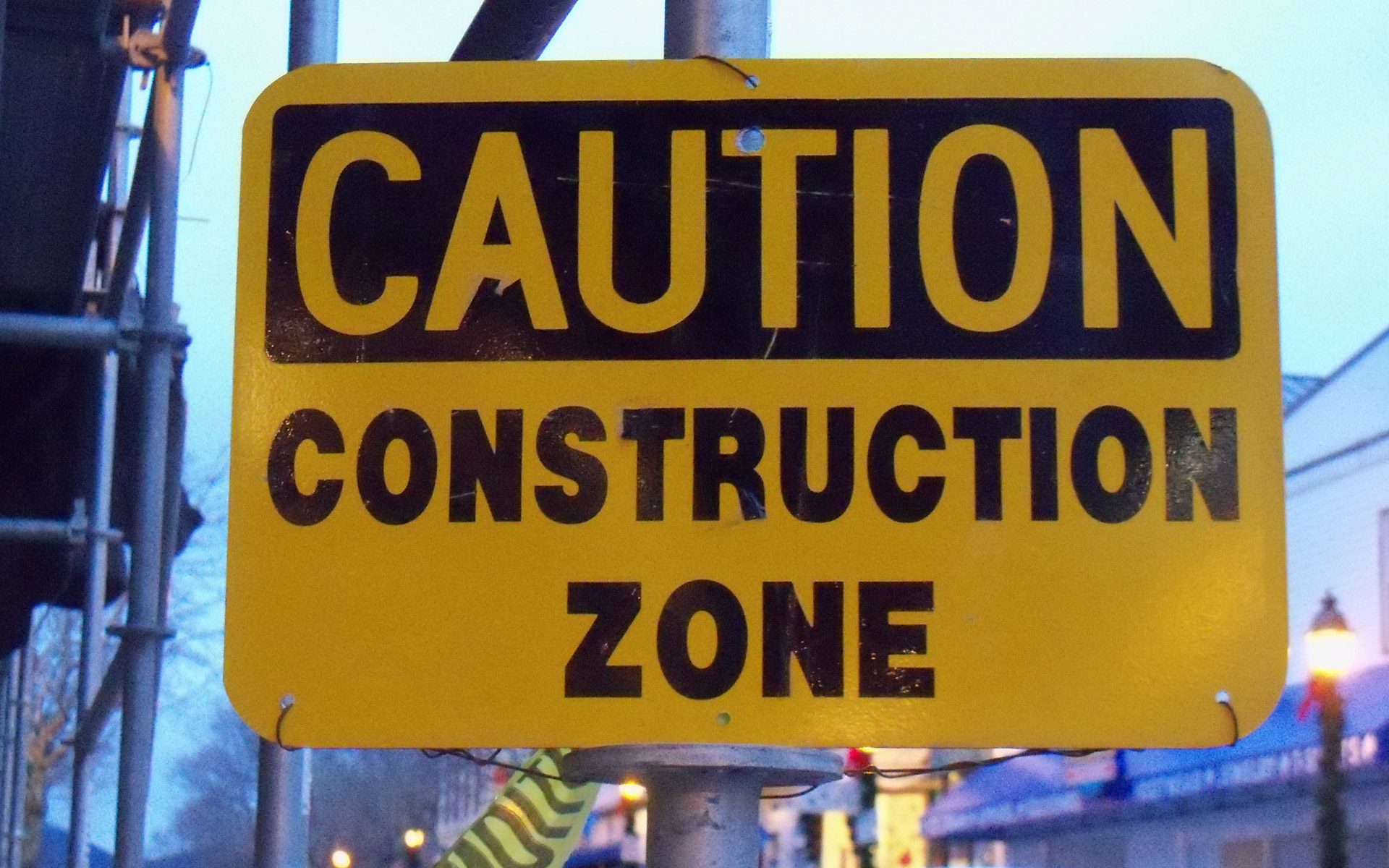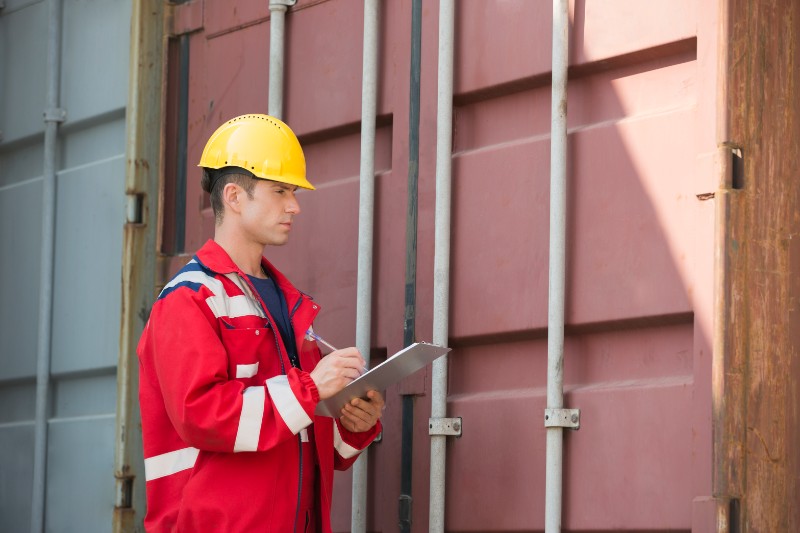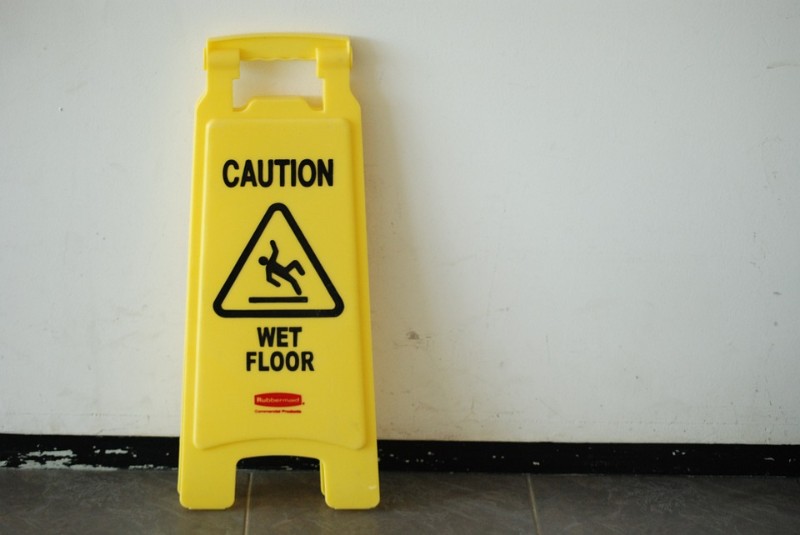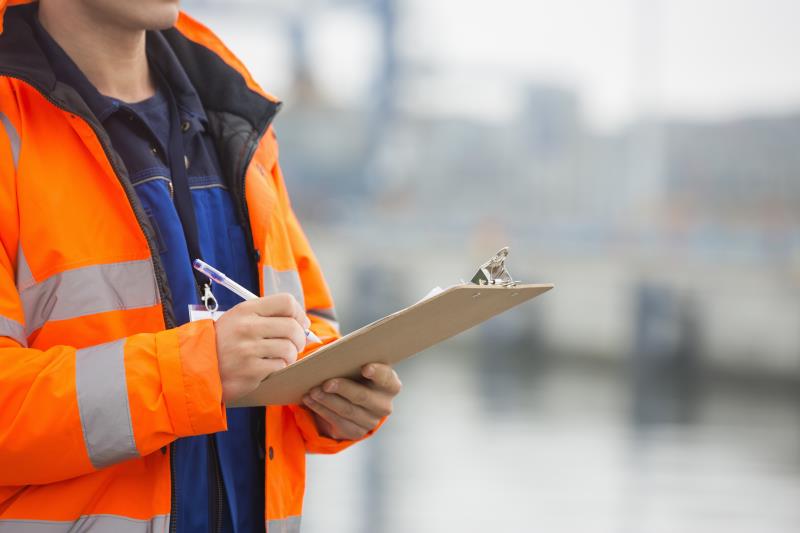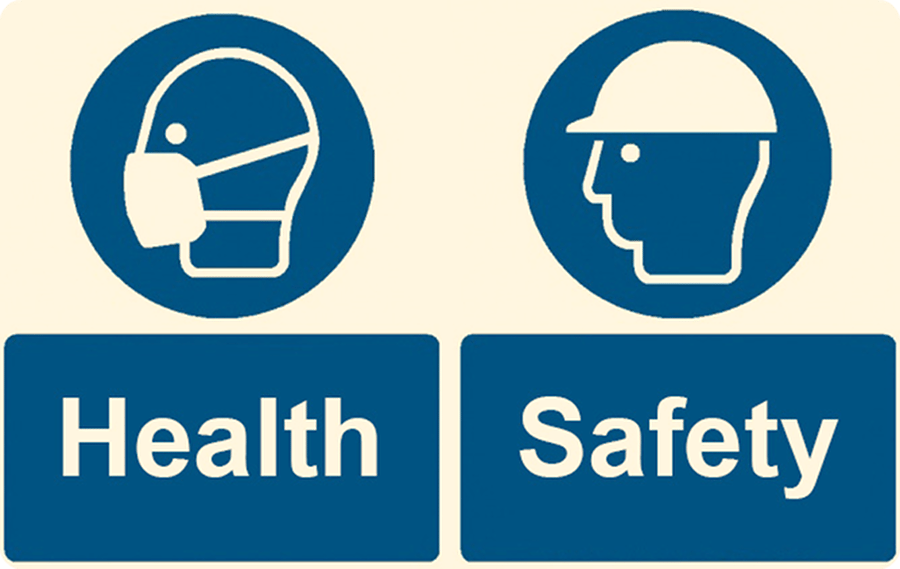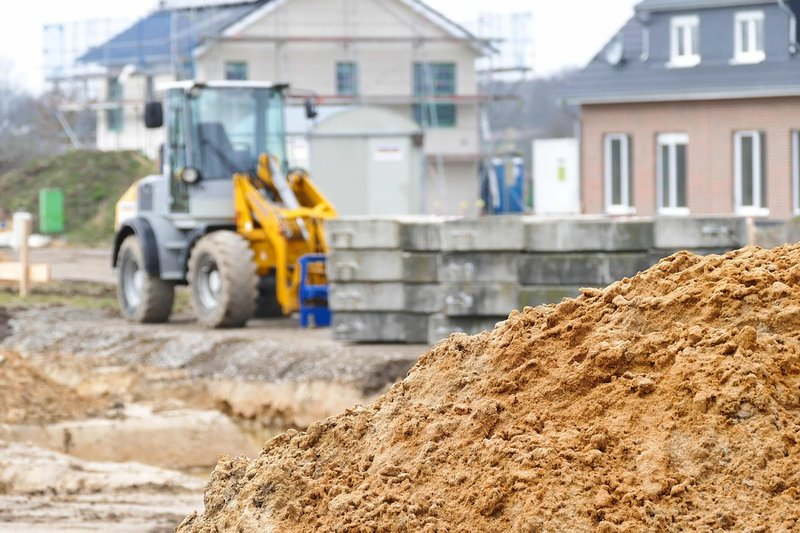What is mandatory is that the workforce is competent and trained in the tasks they are assigned. In that sense, the employer has a duty of care to ensure that suitable training is made available where necessary. The employer is defined as the designer, contractor or client depending on the size of project and the stage at which it is (planning/design or actual construction).
Read MoreHow To Manage Health and Safety In The Construction Industry
There is a plethora of informational articles and guidelines available on the government’s HSE website. The regulations and advisories touch upon so many areas of construction and allied activities that it may seem impossible to know where to begin or what exactly one needs to accomplish to properly manage Health & Safety in the construction industry.
Read MoreHow Is Health & Safety Monitored & Maintained?
Maintaining H&S compliance is not complicated but it does require constant low level activity and keeping on top of things. Even this is anything but onerous as long as you do it frequently and don’t allow things to fall behind or build up into a large to-do list.
Read MoreA Quick Retail Health & Safety Checklist
Compliance with all applicable regulations is a critical activity for every business operating in the retail sector. That applies just as much to distribution centres as it does to high street stores, both large and small. All too often, H&S compliance is viewed as just another boring administrative burden, which results in compliance breaches through disinterest or neglect.
Read MoreWhy Is Health & Safety Important?
Consider this: your son or daughter sustains a serious debilitating injury. The cause is a load of junk lying around in his or her workplace. Staff frequently warned the employer that it represented a hazard but the employer fobbed off concerns and put it on the long finger. Now that obvious risk has been realised and it’s too late to prevent your child’s life from being blighted. It was all so preventable but it “was too much bother to do something about it today.”
Read MoreWhat Is The Health & Safety At Work Act?
The Health & Safety At Work Act (1974) is the main piece of UK legislation that places the onus on employers to maintain a duty of care towards the safety of their workforce. It also gives employees responsibility for doing their share to ensure the safety and wellbeing of everybody who enters a workplace.
Read MoreHealth & Safety In Retail – Key Things You Should Know
The retail sector is not generally considered to be a hazardous working environment, and certainly presents fewer risks than say, the construction industry. But with a total UK workforce in the region of 3 million, there is still a significant count of injuries and accident related absenteeism which indicates a level of risk that demands monitoring and addressing.
Read More7 Important Construction Health and Safety Regulations
The construction industry is obliged to take note of about 20 pieces of legislation that relate to the health and safety of its workforce, customers and visitors. There can surely be no other industry that carries out many of its activities in public areas and introduces there the dangers of falling objects, transportation collisions, lifting operations and related hazardous activities not only to its workforce but in close proximity to the general public. Safety is vital and the regulations have indeed worked to the extent that fatalities have fallen from hundreds per year to tens.
Read More

